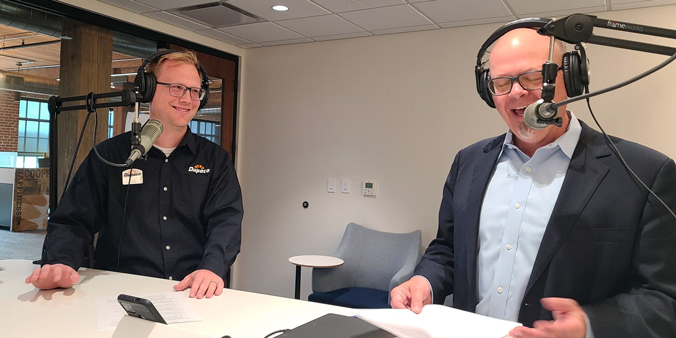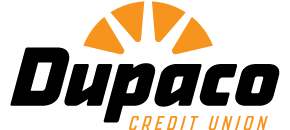
Podcasting can be a great addition to your business’ marketing strategy.
After all, about half of the U.S. population has listened to one, according to Podcast Insights. And according to research, podcast listeners are loyal, affluent and educated.
Starting a podcast can help you:
Never started a podcast before? These three steps can help point you in the right direction. The tips were shared during a recent expert panel discussion about Podcasting 101, courtesy of Dupaco’s Virtual Business Lab.
Watch the full panel discussion >
|1| Figure out your podcast why
Before you start a podcast, figure out why you want to do it.
Is it to promote your business? Are you trying to gain new contacts? Or do you and your friend just want to get together to have fun talking about a specific topic?
Whatever your reason, make sure you know it.
Producing a podcast can be a lot of work. You want to make sure you have fun with the process. Keeping that “why” in the forefront will help you stay on course and avoid going in a direction that you might not enjoy.
Once you know your “why,” you can focus on the format of your show, equipment you need and how to make it come together.
Explore the best podcasts for business owners >
|2| Invest in equipment and technology
There are tons of resources out there to give you ideas of the equipment you need to start a podcast.
But here’s the thing: You don’t need professional-grade equipment to get started. Most people can’t tell the difference between “good enough” and “really good” audio equipment. But the cost difference between those two can be significant.
Here’s a good rule of thumb: Invest in something that is good enough. Then, once you’ve recorded 20 episodes and know you’re going to stick with it, consider upgrading your equipment.
Here are a few pieces of equipment and technology you’ll need to consider when getting started:
- Microphone: A USB microphone that plugs into your computer is a great option to start with.
- Cameras: You’ll want this if you do in-person interviews and plan to live-stream them.
- Web conferencing platform: If you do virtual interviews, you’ll need a platform like Zoom, or something similar, to host your discussions.
- Software to edit the sound files: This could be software like Garage Band, which comes already installed on most Mac computers.
|3| Consider how your time is best spent
Creating a podcast can be a great marketing tool. But it also takes a lot of time to record, edit and promote.
To make this an enjoyable endeavor for you and your business, consider these tips to help you manage your time:
Batch your content creation
If your podcast content isn’t tied to specific events or dates, consider creating multiple podcast episodes at one time.
You could pick one day to conduct three to five interviews and spend the next week editing and creating your promotional material. Then you’ll have three to five episodes you can schedule out ahead of time!
Consider outsourcing tasks
If you don’t enjoy editing the podcast, hire someone to do that part for you. Don’t like promoting each episode on social media? Hire someone for that task.
If you’re considering a podcast, just get started. It doesn’t have to be perfect. You can always change things up later if it isn’t working.
It can be a great tool in your toolbox to promote your business and find new customers.


